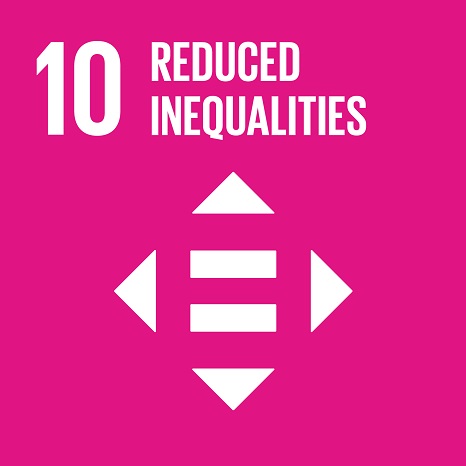Ciência_Iscte
Publications
Publication Detailed Description
Transportation Research Procedia
Year (definitive publication)
2023
Language
English
Country
Netherlands
More Information
Web of Science®
Scopus
Google Scholar
This publication is not indexed in Overton
Abstract
Some inducing factors of climate change can be attributed to a set of pollution indicators, and the territorial distribution of pollution has repercussions on environmental inequalities. Based on the case study of Lisbon, we map some environmental inequalities and how they relate to the location of transport infrastructures, green spaces, and mobility practices. How is air pollution distributed inside Lisbon? What is the relationship between the distribution of air pollution and the location of transport infrastructure, and green spaces? The results show that there are environmental inequalities, air pollution is higher in zones with a dense road network and heavy traffic. Environmentally friendly mobility practices do not exclude an exposure to higher levels of air pollution due to combustion gases, representing a mismatch between the production of pollution and environmental exposure.
Acknowledgements
--
Keywords
Climate change,Environmental inequalities,Means of transport,Mobility practices,Data science,Public policies
Fields of Science and Technology Classification
- Earth and related Environmental Sciences - Natural Sciences
Funding Records
| Funding Reference | Funding Entity |
|---|---|
| UIDB/04466/2020 | Fundação para a Ciência e a Tecnologia |
| UIDP/04466/2020 | Fundação para a Ciência e a Tecnologia |
Related Projects
This publication is an output of the following project(s):
Contributions to the Sustainable Development Goals of the United Nations
With the objective to increase the research activity directed towards the achievement of the United Nations 2030 Sustainable Development Goals, the possibility of associating scientific publications with the Sustainable Development Goals is now available in Ciência_Iscte. These are the Sustainable Development Goals identified by the author(s) for this publication. For more detailed information on the Sustainable Development Goals, click here.

 Português
Português



